What Are DTF Heat Transfers?
Everyone is talking about DTF Heat Transfers. But what are they, and why have they taken the textile decoration industry by storm?
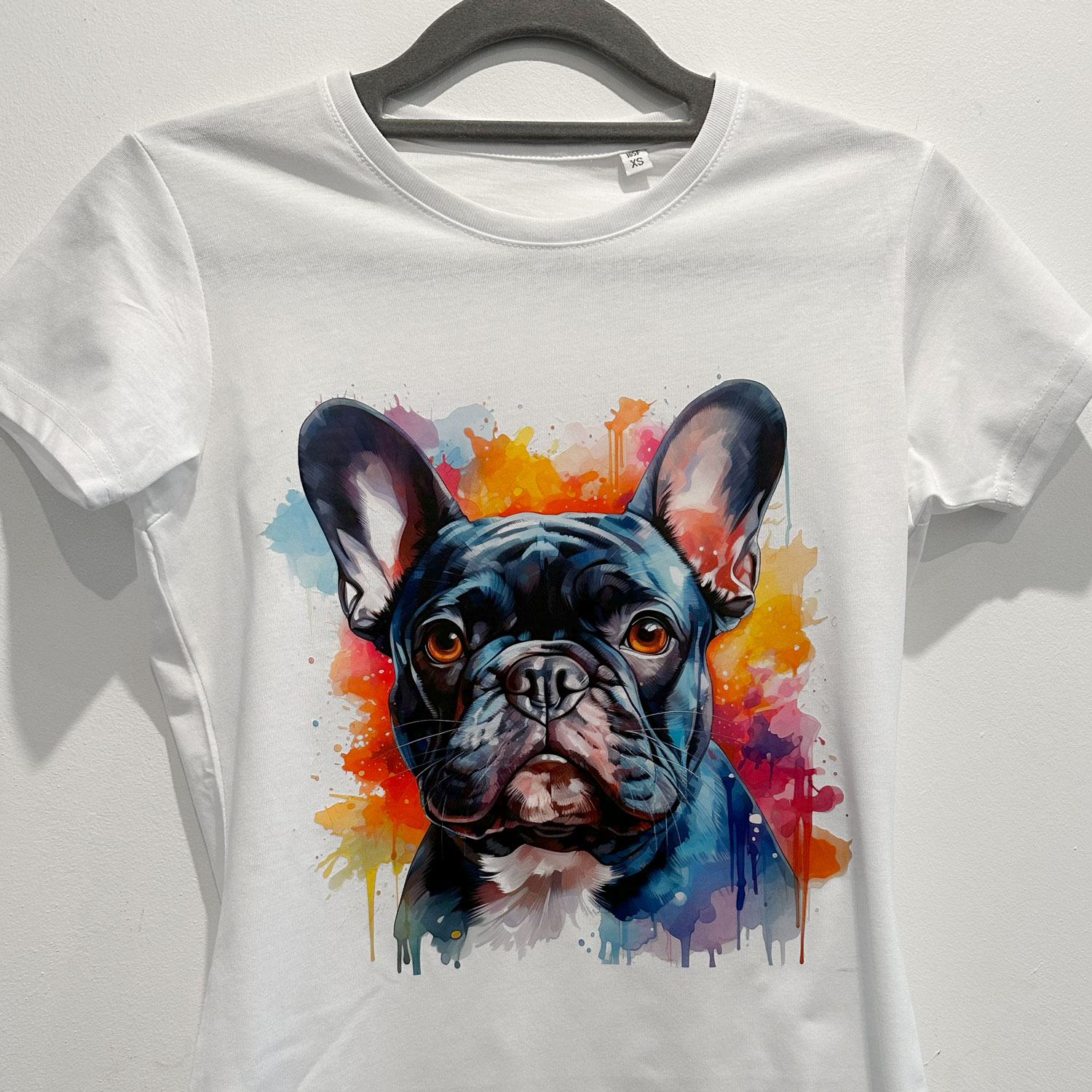
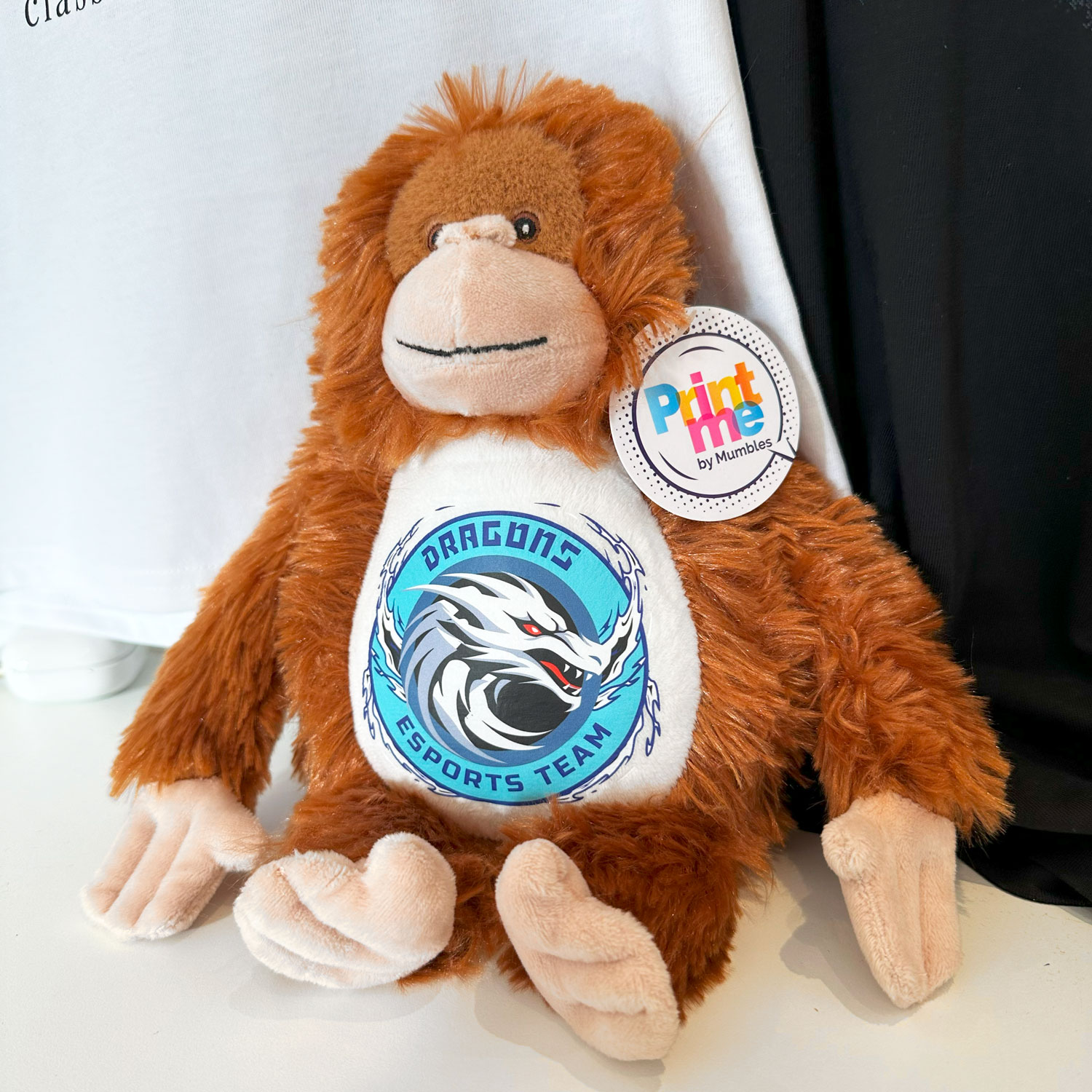
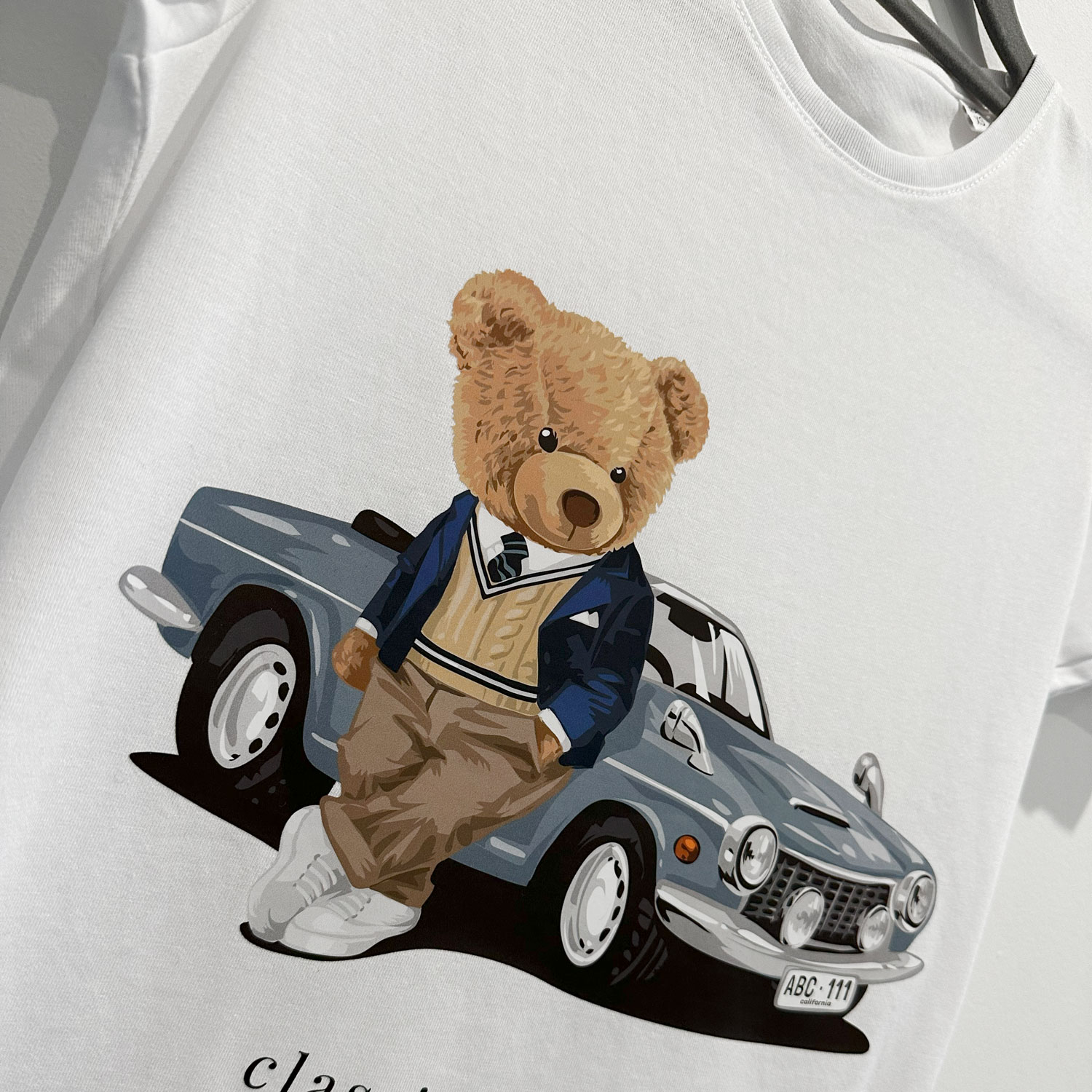
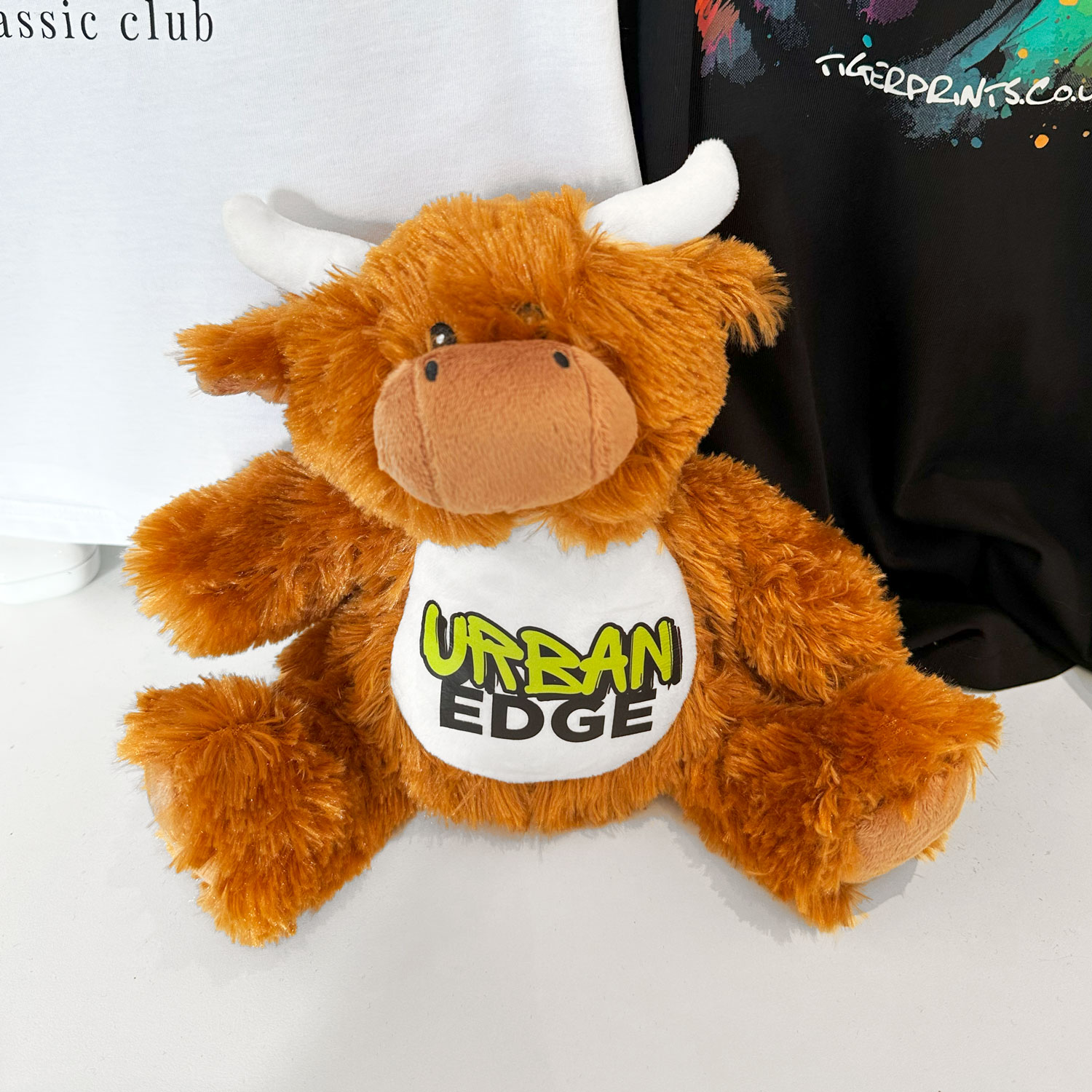
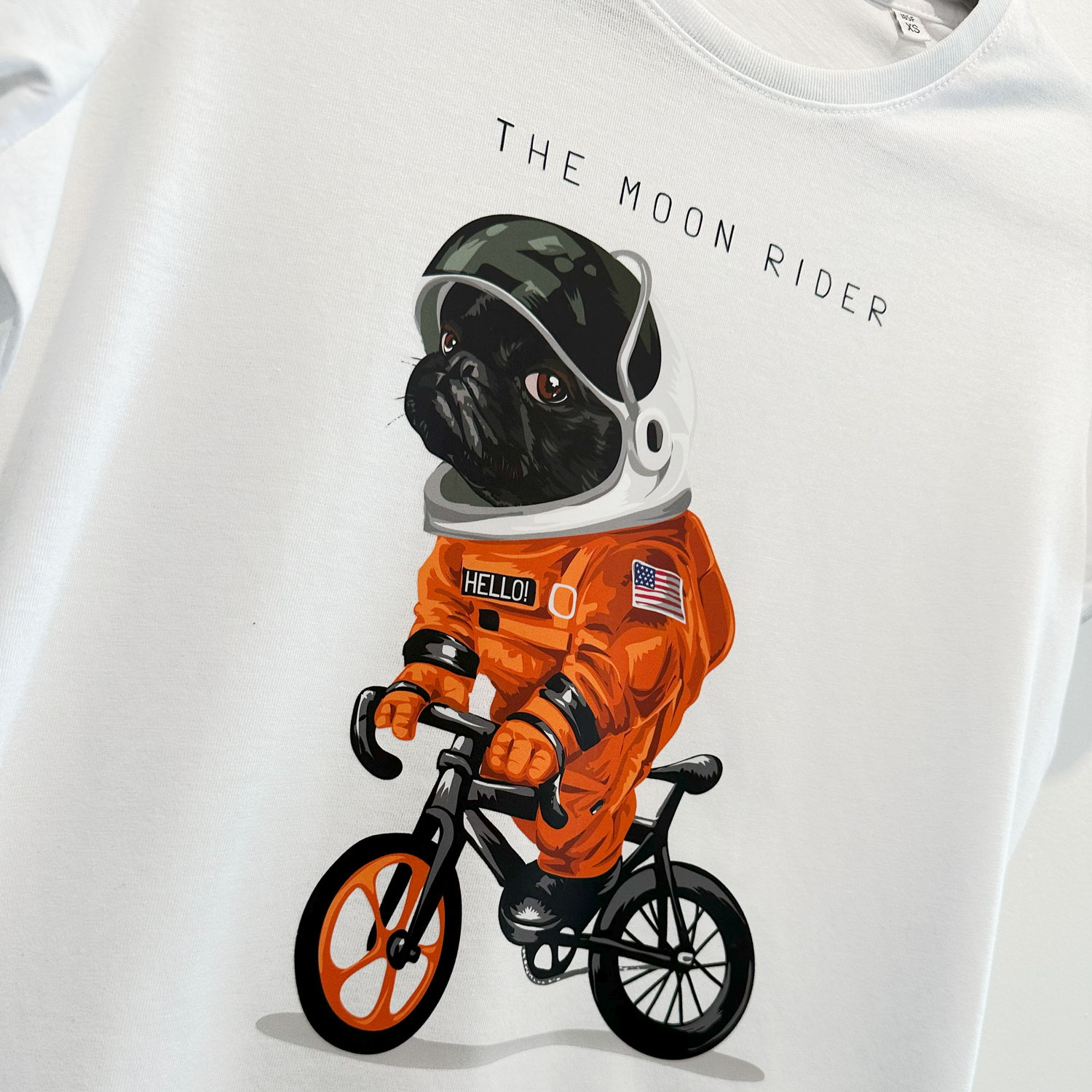
Direct to Film (DTF) printing is revolutionizing the textile printing industry. This technology, which allows for the direct transfer of full colour high-definition images onto a wide variety of fabrics, is gaining traction due to its versatility, durability, and cost-effectiveness.
Unlike traditional printing methods, DTF printing is compatible with a broader range of materials and is ideal for small to medium print runs, making it an attractive option for custom apparel businesses, promotional products, and hobbyists alike. However, because of the significant benefits over other decoration methods, many large companies and brands are choosing DTF as their defacto technology. Let's look into what those benefits are...
Innovative
DTF Heat Transfers are the perfect, innovative option for your Printing Business! They bring together most of the advantages from all the other print processes, but without suffering many of the disadvantages too. It really is a Win-Win situation! Here are some of the key benefits:
- No Setup Costs
- Suitable For Widest Range of Fabrics
- Extremely Flexible & Durable
- Easy To Apply
- Very Cost Effective
Ease of use
One of the key advantages of DTF Heat Transfers is that it requires minimal work for it to be applied to most garments and fabrics, including cotton, polyester, blends, nylon, silk, leather and more. Simply adjust the pressing temperature, pressure and duration accordingly and the results will be fantastic every time.
In contrast, processes like DTG (Direct To Garment) require pre-treatment in order for the fabric to accept the transfer. Additionally, DTG only works well with certain fabrics (mainly cotton) and lighter colours.
So, since DTF has a much wider range of potential applications, and is easy to apply, it means that all you need is a decent heat press and you will be able to create stunning, professional results, time and time again.
More environmentally friendly
DTF Heat Transfers are currently the most environmentally friendly method for decorating all types of fabrics with prints, for several reasons:
-
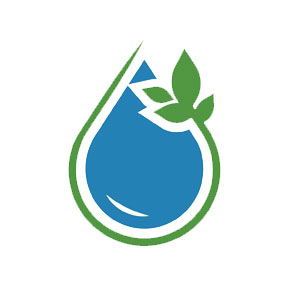
Water Conservation
Other processes require a considerable amount of water usage. With traditional screen-printing, water is required for rinsing screens and cleaning equipment, leading to substantial water usage and possible contamination. In contrast, DTF printing does not require such wastage, making it a more sustainable option.
-
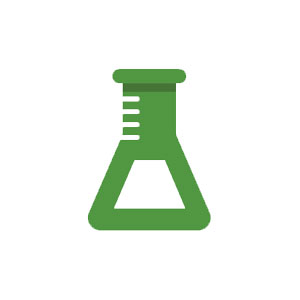
Chemical Reduction
During screen-printing, chemicals are often used to etch screens and remove ink. This can generate hazardous waste which is harmful to the environment. DTG relies on pre-treatments of the fabric before printing. However, DTF Heat Transfers do not rely on any such processes or treatments.
-
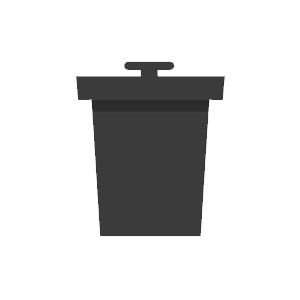
Waste Reduction
Unlike screen-printing, which requires significant setup with screens being made for each colour, DTF has no such physical setup requirements. Not only does this mean less wastage of setup materials, but because there are no significant setup requirements, DTF is as effective for both long and short production runs. The added benefit of this is that you don't not need to commit to large production runs in order to be cost effective, thus further reducing wastage with garments.